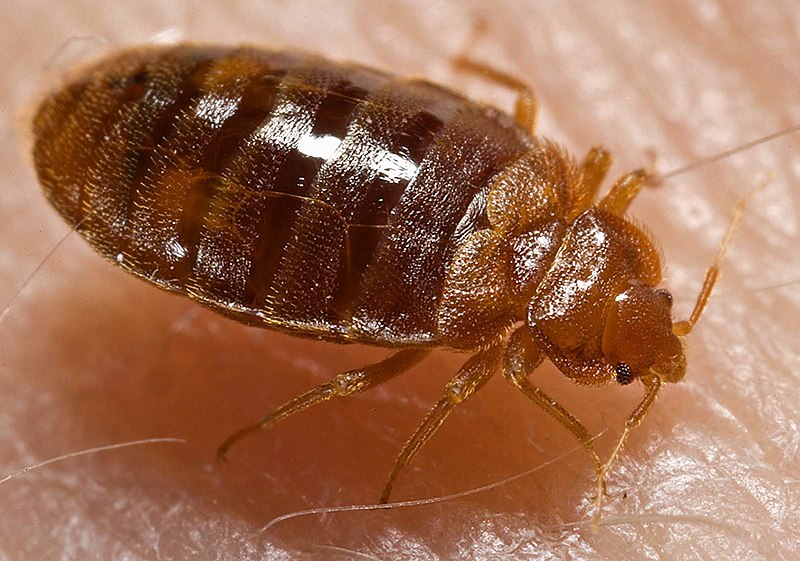CATCH THEM YOUNG, BEFORE THEY CATCH YOU
That awkward moment when you're in the middle of an important meeting or a social gathering, and something creepily walks out of your shirt and decides to take a stroll round the great wall of China around your neck. I mean your collar.
If you followed our first post, you'd know by now that bedbugs aren't besties with light. So what is it looking for at that time of the day, around your shirt?
Catch them before they embarrass you. . .BY THEIR EGGS
Catching bedbugs by their eggs is one of the easiest and healthy way to stop them from dominating your home. Bed bugs sometimes don't navigate, but their eggs do (and they do this with your help, while moving things around).
A quick recap from the 1st post : DEALING WITH BEDBUGS
THEIR REPRODUCTIVE CYCLE IS EXPLOSIVE
Female bed bugs can produce 5-7 eggs per week, laying up to 500 in a lifetime. Their eggs are white, tiny and stick to surfaces and could be difficult to spot.
Eggs hatch into nymphs. Newly hatched nymphs are tiny (about 1/16th of an inch). Nymphs—which look like small adults—become adults in 5 weeks. They go through 5 molts to reach adult size—meaning they shed their old, smaller skin 5 times.
Due to this form of rapid reproductive cycle they have, it makes it difficult to totally eliminate them from our homes. As you kill some, others are ready, waiting to pick up the pace. So, instead of just burning the fruits, why don't you uproot the shoot.
HOW DO YOU DO THIS?
You must be ready to be very keen at spotting them:
Bed bug eggs are laid along the edges of, or around buttons on the mattresses. Eggs can also be glued to rough surfaces. Most times, their eggs are placed in cracks, crevices and other isolated and protected shelters. These places should be your no 1 look-out spots.
These eggs are white specks, and they stick to surfaces where they are laid.
People suggest the use of soap and water, increasing or decreasing temperature, insecticide etc. But most of these means are stressful, and might be difficult to achieve or maintain.
Better still, when you spot them where they are, get a brush and a parker. Gently use the brush to dust them off into the parker. Be very careful to make sure none drops on the floor (because one can become a thousand). Dispose these eggs somewhere you're very sure they won't be able to survive, preferably into the water closet and flush them off.
The use of a vacuum cleaner can be helpful to some extent in extracting those stuck to the carpets and rugs.
ONE MORE TIP. . .
Always dust your clothings well before you wear them.
Bed bugs hide well in luggages, especially those clothes we've left un-worn for a long time. They hide here, lay their eggs and their eggs hatch. The hatched nymph, leaves the spot, and moves to a different location on your clothes, and dominates it.
The moment you wear those clothes, don't be surprised when someone calls your attention to something creeping round your collar.
If you keep looking out and clearing their eggs this way, then they won't have a generation to ensure continuity of their existence in your home.
HOW DO YOU STAY SAFE?. . .
This post is the third of the series DEALING WITH BEDBUGS. More posts still to come. Do stick around. Hey, not like bedbugs. *Winks*


No comments:
Post a Comment